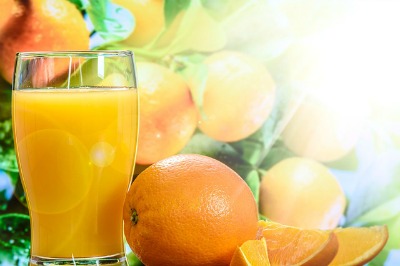2. Water has excellent solvent action.
It has the ability to dissolve many compounds, thereby forming aqueous solutions with these compounds.
This is the reason why it is commonly referred to as the universal solvent.
Those molecules which readily dissolve in water are called hydrophilic (“water loving”).
Nonionized and nonpolar molecules that are not attracted to water are referred to as hydrophobic (“water hating” or “water fearing”).

As to many solid ionic compounds, their dissolution is due to the polar property of water.
Ionic compounds are those in which the molecule is made up of negatively and positively charged atoms.
These atoms are held by ionic bonds in which there is the transfer of electrons from atom to atom.
This Property of Water Is Largely Due to Its Polar Molecule and Ability to Form Hydrogen Bonds
For example, table salt or NaCl readily dissolves in water.
The sodium ions (Na+) are attracted to the electronegative ends (O–) of water molecules while the chlorine ions (Cl–) are attracted to the electropositive ends (H+).
The combined force of attraction is so strong that it separates the sodium and chlorine ions from the surface of the ionic solid (Mader 1993).
The separated ions are then sorrounded by water molecules (hydrated or solvated) causing them to dissolve and mix with water.
Bettelheim and March
Bettelheim and March (1998) further provided some rules relative to the solvent property of water. Accordingly, the following ionic compounds are soluble in water:
1. All compounds that contain Na+, K+, or NH4+;
2. All nitrates (NO3–) and acetates (CH3COO–);
3. Most chlorides (Cl–) and sulfates (SO42-) but not silver chloride (AgCl), barium sulfate (BaSO4), and lead sulfate (PbSO4); and
4. Most carbonates (CO32-), phosphates (PO43-), sulfides (S2-), and hydroxides (OH–) but not those of Na+, K+, and NH4+, as well as barium hydroxide or Ba(OH)2.
Likewise, the solvent action of water applies to many covalent compounds.
These consist mostly of molecules that carry groups having a tendency to form hydrogen bonds (O-H) with water.
These molecules are those which contain an oxygen, nitrogen, or fluorine atom.
However, the molecules should be quite small, that is, about three carbon atoms or less for every O, N, or F.
Examples are acetic acid CH3COOH and ethyl alcohol (C2H5OH) but not benzoic acid (C6H5COOH) and dipropyl ether (C6H14O).
The molecules and separated ions that disperse in water tend to collide with others and thus facilitate chemical reactions.
Likewise, as a solvent, water serves as a transport medium, for example by carrying mineral nutrients in ionic form from the soil into the plant and its various parts.
Further, photosynthates are transported to and from the source and storage or utilizing organs (sinks) with water (Devlin 1975; Mader 1993; Bettelheim and March 1998).
